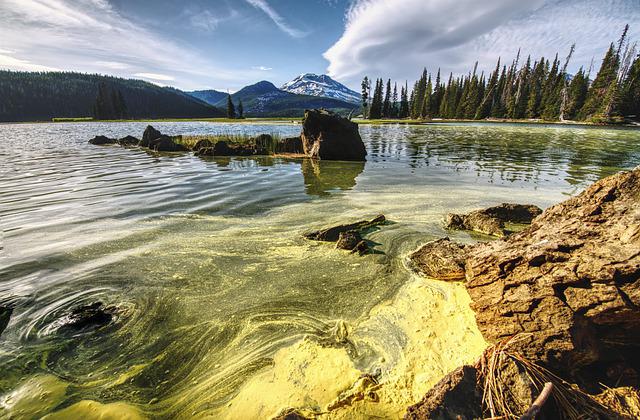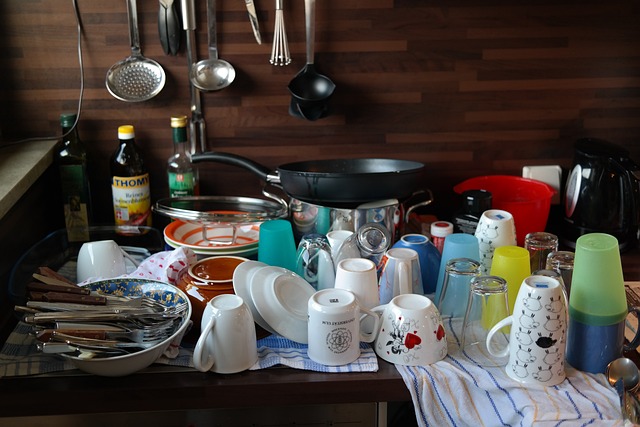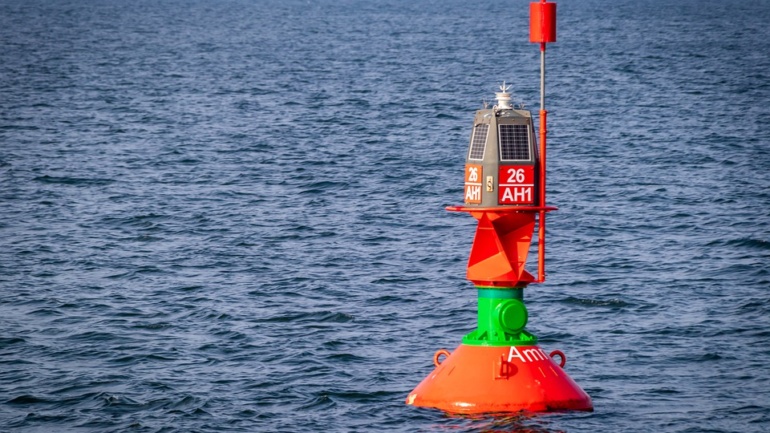By Brigitte Rodriguez, Associate Researcher & Writer for Save The Water™ | June 25, 2022
Eutrophication is the excess of nutrients in water. As a form of nutrient pollution, it can have negative impacts leading to harmful algal blooms and hypoxia (lack of oxygen) in aquatic ecosystems. Luckily, there are some technologies that can be used to control eutrophication.
What is Eutrophication?
Eutrophication occurs when excess nutrients enter a body of water, such as a lake or reservoir. This is usually the result of anthropogenic, or human-caused, nutrient loading which consists of higher than normal amounts of natural elements such as phosphorus (P) and nitrogen (N). As a consequence, the growth of algae is accelerated, which creates an imbalance in aquatic ecosystems that can ultimately affect water quality.
What are the main sources of eutrophication?
Though not always clear, the many sources of nutrient pollution often stem from anthropogenic activities across various sectors and industrial processes. These include agriculture, aquaculture, industry (food and meat processing, paper mills) and sewage disposal. The nutrient byproducts of these processes then make their way into nearby water bodies as surface run-off.
While difficult to pinpoint, some of the main sources of excess nutrients are:
- Commercial fertilizers and animal manure
- Domestic and industrial sewage
- Waste water
What are the symptoms of eutrophication in water bodies?
The most significant effects of excess nutrients in the water are harmful algal blooms (HABs) and hypoxia:
- Harmful Algal Blooms: produced by different types of algae. The most frequent and severe blooms are caused by cyanobacteria (cyanHAB), which are the only known freshwater algae with toxins potent enough to harm human health. In addition, cyanoHABs can threaten aquatic ecosystem health.
- Hypoxia: this refers to low levels of oxygen in water leading to dead zones. The lack of oxygen threatens the survival of most aquatic species.
Additionally, it is important to mention that studies by the World Resources Institute states have found that the effect of hypoxia for eutrophication has escalated dramatically over the last 50 years. There were 10 documented cases in 1960, which has since then increased to 169 in 2007.
In the case of the Yangtze River (China), nutrient pollution is intensifying due to food production and increasing urbanization. As a consequence, the urban run-off is elevating nutrient concentrations in the river, resulting in coastal eutrophication. Two of the main administrative solutions aim to reduce the levels of nitrogen and phosphorus in fertilizers as well as recycle the manure so it can be re-used as organic fertilizer for farmland and soil. In this way, researchers predict that coastal eutrophication can be significantly reduced by 2050. However, this must be accompanied by better opportunities for scientists, students and farmers to share their ideas and knowledge.
In another case study, the Pañe Reservoir in Peru demonstrates evidence of algal blooms such as cyanobaceria, which has been a key indicator of eutrophication for more than 5 years. The sources of increased nutrient levels in the water are related to the aquaculture and livestock sectors in the area. In order to mitigate eutrophication and maintain water quality standards, a team of researchers suggest a total annual aquaculture production of 36,000 kilograms. In addition, sediment monitoring must continue in certain areas of the reservoir in order to ensure the long-term sustainability of aquaculture and water quality.
Which water treatment technologies are available to reduce eutrophication?
Currently, there are several innovative technologies available to reduce the excess of nutrients in water. These include the following:
- BioPhree: This technology captures dissolved phosphorus in water. It can be used in surface water and wastewater. The advantage of using this tech is its ability to produce fertilizer for agricultural use, making it both effective and sustainable.
- TerraNova® Ultra: is an innovative sewage sludge technology that extracts phosphorus and nitrogen and allows for the recovery of nutrients.
What You Can Do To Help
There are a few ways you can reduce the effects of eutrophication in bodies of water:
- If you own or manage farmland, it is important to limit nutrient pollution sources by reducing the use of fertilizers and implementing proper soil management practices.
- Volunteer for local public awareness campaigns to draw attention to eutrophication
- If you live in a country or region with water bodies at risk of eutrophication, urge your government to better manage cleaning of sewage and wastewater.
- Use soap and detergents with less phosphate.





